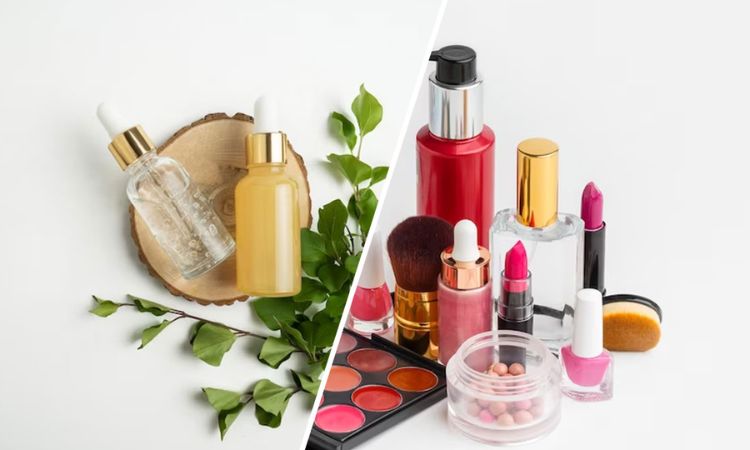The global cosmetics products market is especially optimistic due to the heightened growth in beauty awareness and consciousness by customers, especially millennials and Gen Z. Social media apps like Instagram, TikTok, Youtube etc. have made beauty trend experiences more convenient and accessible, leading users to engage in self-appearance and skincare routine.
Global Cosmetic Products Market size was valued at USD 542.46 Billion in 2023 poised to grow from USD 574.47 Billion in 2024 to USD 908.73 Billion by 2032, growing at a CAGR of 5.9% in the forecast period (2025-2032).
Request your sample report – https://www.skyquestt.com/sample-request/cosmetic-products-market
Key Market Drivers
- Growing Beauty Awareness – Increased awareness of skincare routines, anti-aging solutions, and self-care regimens is driving product adoption across all age groups.
- Influence of Social Media & Celebrities – Beauty influencers and cosmetic tutorials on platforms like Instagram, TikTok, and YouTube are shaping consumer preferences.
- Rise of Natural & Organic Cosmetics – Demand for clean beauty, cruelty-free, vegan, and paraben-free formulations is on the rise, especially among Gen Z and millennials.
- Technological Advancements – AI-powered skin analysis tools, AR-based try-on apps, and smart beauty devices are redefining personalized skincare and cosmetics retail.
- Men’s Grooming Segment Expansion – Increasing acceptance of personal care among men is leading to a wider range of products tailored to male consumers.
Market Segmentation
The global cosmetic products market is segmented based on product, category, distribution channel, and regions.
- In terms of product, the market is segmented into skincare products, haircare products, color cosmetics, and fragrances & deodorants.
- Based on category, the market is trifurcated into conventional, natural/organic, and vegan.
- Based on distribution channels, the market is bifurcated into offline and online.
- Based on region, the market is segmented into North America, Europe, Asia-Pacific, Central & South America and the Middle East & Africa.
Regional Insights
As per the global cosmetic products market analysis, Europe is a major hub for the industry, driven by strong demand for premium and luxury beauty brands. The region leads in clean and sustainable beauty innovations, supported by stringent regulations promoting safety and environmental responsibility.
The UK cosmetic products market is dynamic and diverse, with a strong focus on natural, vegan, and cruelty-free products. British consumers are trend-conscious and digitally savvy, driving growth in e-commerce and influencer marketing.
Japan is leading in Asia Pacific’s cosmetic products market, known for its advanced formulations and high-quality beauty products. Japanese consumers prioritize gentle, effective skincare with a focus on anti-aging and hydration.
Top Player’s Company Profiles
- L’Oréal (France)
- Estée Lauder Companies (USA)
- Procter & Gamble (USA)
- Shiseido (Japan)
- Unilever (United Kingdom/Netherlands)
- Coty Inc. (USA)
- Amorepacific Corporation (South Korea)
- Beiersdorf AG (Germany)
- Kao Corporation (Japan)
- Johnson & Johnson (USA)
- LVMH (France)
- Mary Kay Inc. (USA)
- Revlon, Inc. (USA)
- Natura &Co (Brazil)
- LG Household & Health Care (South Korea)
Future Outlook
With the increasing influence of digital engagement, sustainability, and ingredient transparency, the Cosmetic Products Market is poised for continued growth. Brands that align with consumer values—focusing on clean formulations, inclusive shade ranges, and tech-driven personalization—will shape the next era of beauty.
Access the full report – https://www.skyquestt.com/report/cosmetic-products-market
